The Developing
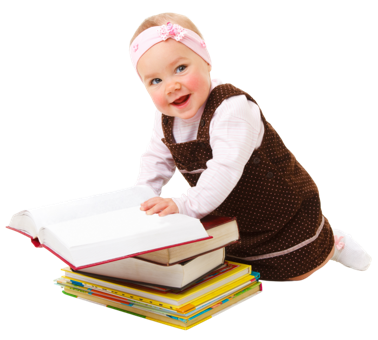
Language and literacy are connected, but only the spoken aspect of language is natural. Each child at birth comes equipped with the necessary wiring for the development of oral language. Multiple parts of the brain are hardwired together to produce this essential communication system. Listening and speaking are two of the major components of early language learning. ears are already tuning into the sounds being produced by their parents.
Literacy in the early years of language development refers to reading and writing. They are mutually dependent on each other. In order to read a collection of words, a writer must put the words in print. It’s a different way to communicate other than that of the spoken word. However, knowing how to read and write doesn’t come naturally and must be taught. The foundation for early literacy skills is the
spoken language.
The concept chart at the right shows the major elements that support the developing reader. Acquiring language happens first using their listening and speaking skills. Next, early literacy skills-reading and writing are learned through experiences and instruction both at home and school. The foundation for success will be determined by the influencers in their life. The list of influencers is long. They include the following: relationships and experiences with -- parents, caregivers, family members, educators-- and other connected factors —home & school life, social media, multi-media, health care and MORE!
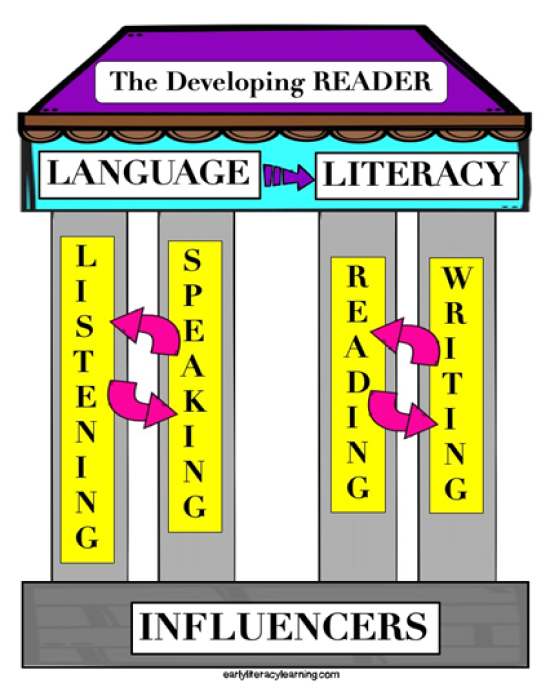

In some cultures, a language may only consist of spoken words, sounds and/or hand signs, while other societies use oral language and written symbols together to communicate.
The English language is comprised of 26 letters used to produce approximately 44 sounds or phonemes. These consonant and vowel sounds together form the majority of words in English. Some letters only make a single sound while other letter combinations make additional sounds. What is interesting to consider is that the Oxford English Dictionary - 20th volume has 171,476 current words listed in their book, with additional new words being generated yearly. It is incredible to think that this small number of letters can be combined in so many ways as to generate this massive language.
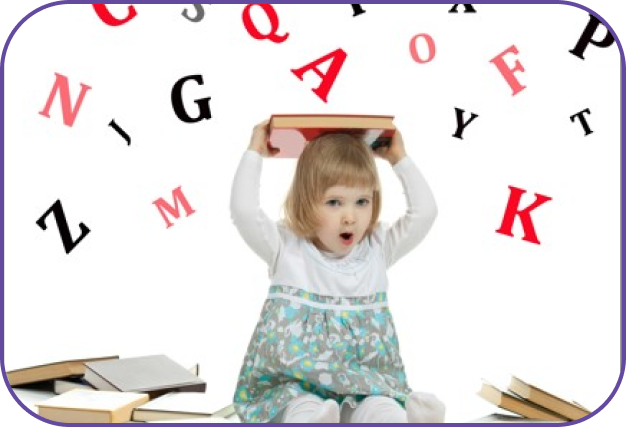
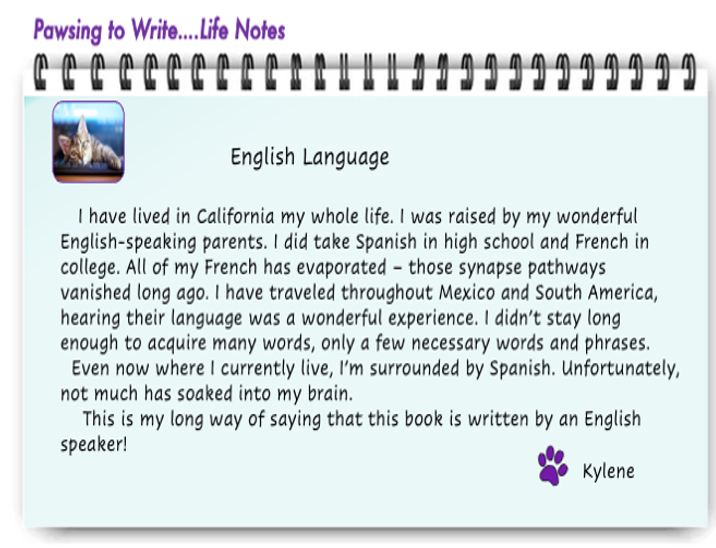

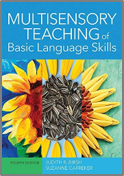
Birsch, Judith R. & Carreker, Suzanne, (2018), Multisensory Teaching of Basic Language Skills, 4th Edition, Chapter 3-Oral Language Development and Its Relationship to Literacy, by Soifer, Lydia H., Baltimore: Paul H. Brookes Publishing Co.
Center on the Developing Child at Harvard University, (2015), InBrief: What is Resilience?, developingchild.harvard.edu/science/key-concepts/resilience/
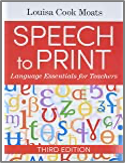
Moats, Louisa Cook, (2020) Speech to Print,Language Essentials for Teachers,3rd Edition, Paul H.Brookes Publishing Co., Chapter 1 – Why Study Language? & Chapter 2 Phonetics: The Sounds of Speech
National Geographic, Baby Brain and Language, video https://education.nationalgeographic.org/resource/baby-brain-and-language/
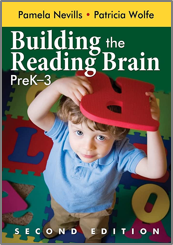
Wolfe, Patricia & Nevills, Pamela, (2009), Building the Reading Brain, PreK-3, Corwin Press, Chapter 1-On the Nature of Reading
